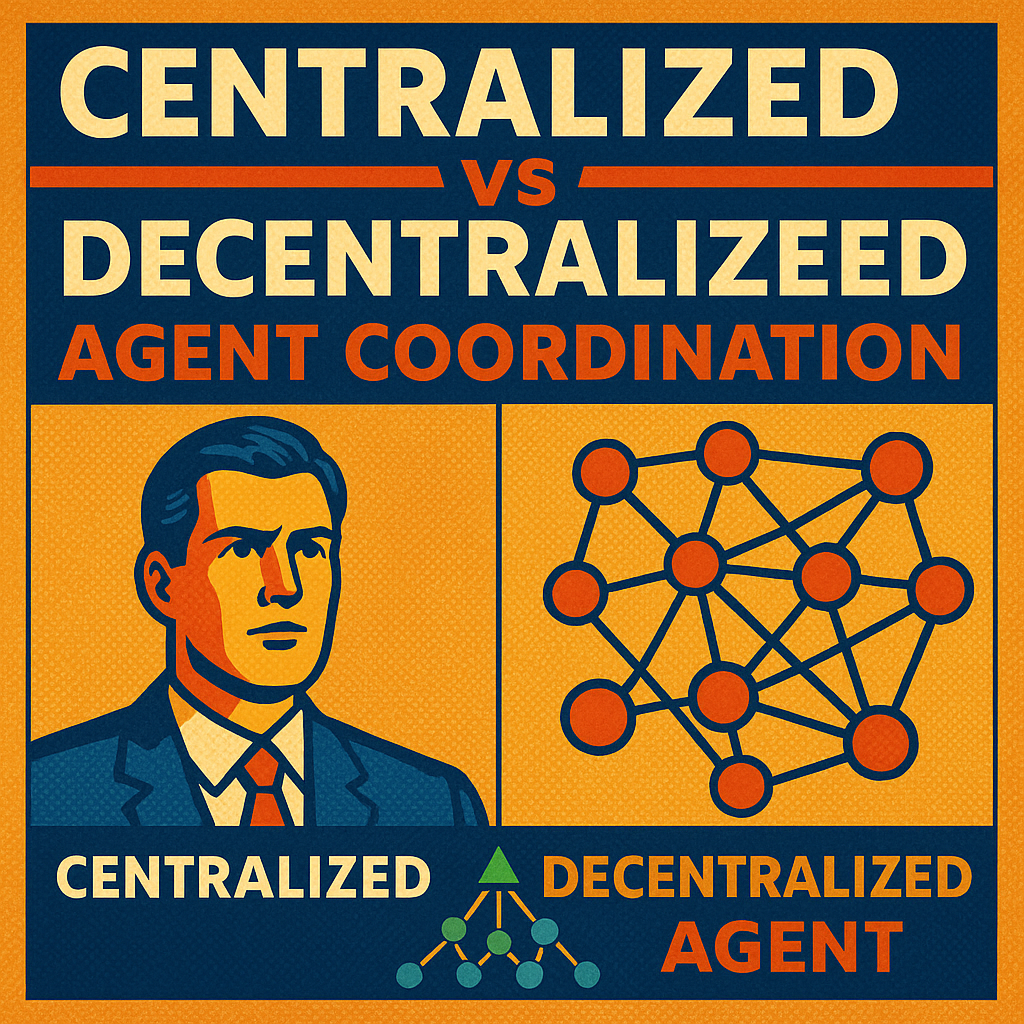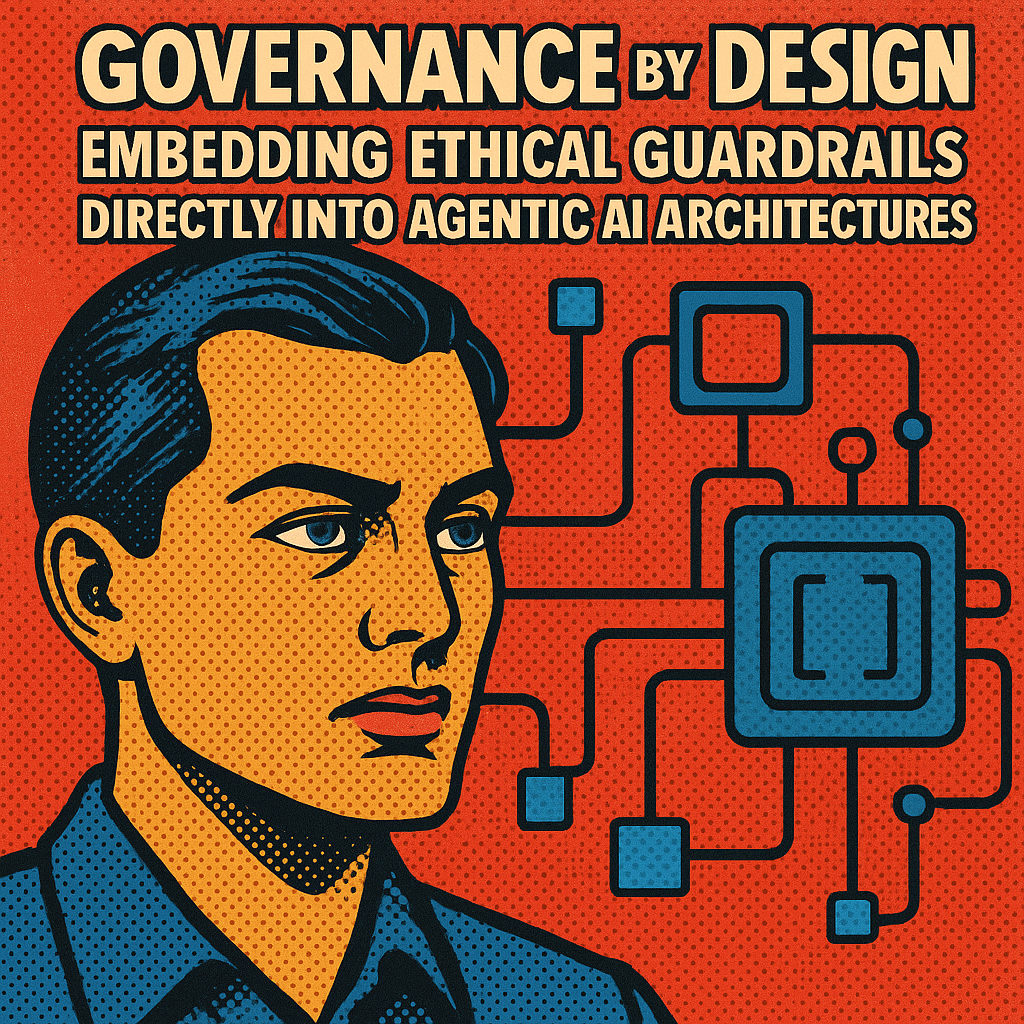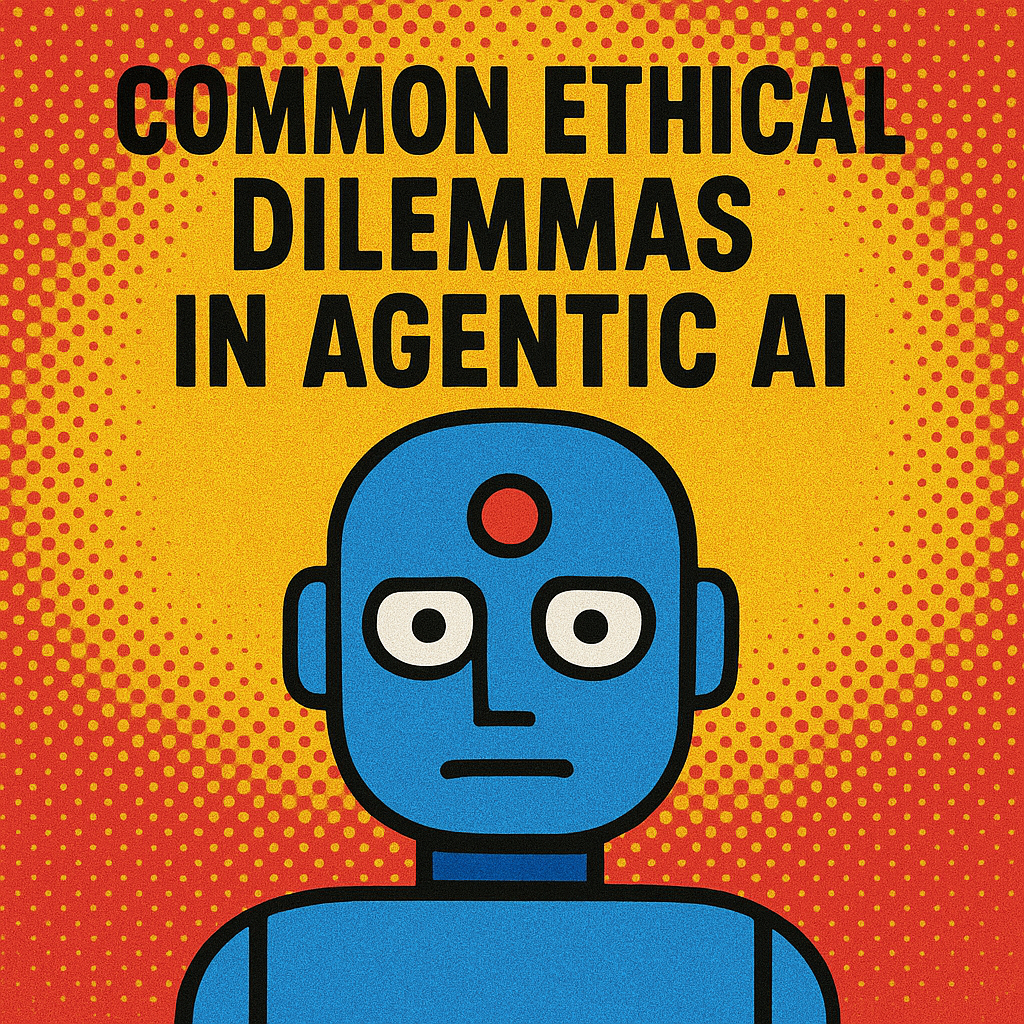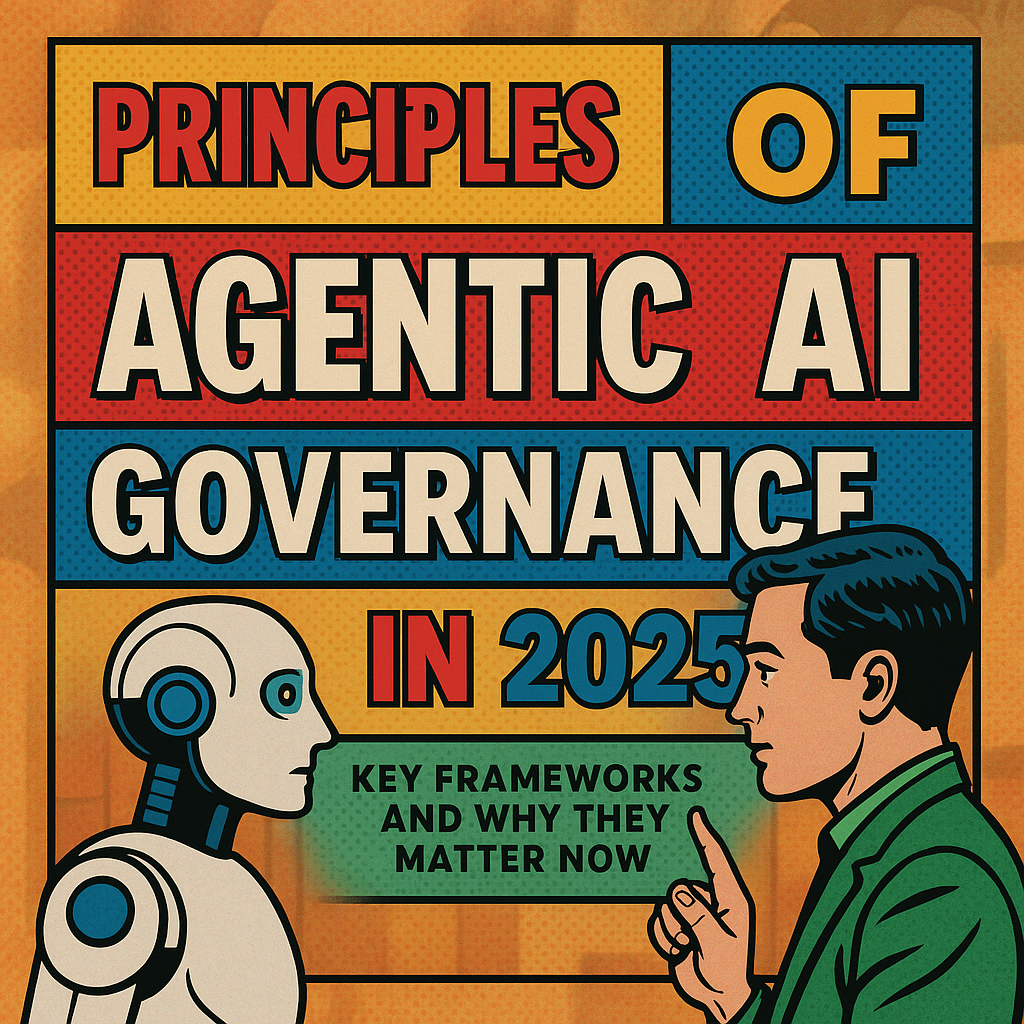
How Agentic AI Will Reshape Financial Transactions
Something significant is happening at the intersection of AI and commerce, and most business leaders haven't noticed yet. AI agents aren't just assisting with purchases anymore. They're making them independently, negotiating terms, and executing transactions without waiting for human approval.

Centralized vs Decentralized Agent Coordination: How Orchestration Choices Shape Autonomy, Resilience, and Emergent Behavior
As organizations move from assistive AI to building full digital workforces, a critical architectural question emerges: how should agents coordinate with each other? The decision between centralized orchestration and decentralized coordination isn't just a technical detail. It shapes everything from system resilience to innovation capacity, from operational predictability to adaptive problem-solving.

Resilience, Security & Real-Time Collaboration: Building the Foundation for the Agentic Enterprise
Spotlight on the challenges and innovations in secure, low-latency, and scalable coordination architectures, especially when agents cross organizational boundaries.
The modern enterprise no longer operates within tidy boundaries. Instead, it exists as a node in a dynamic digital ecosystem where agents (both human and AI) must collaborate across organizations, geographies, and technical platforms. This isn't the collaborative work environment of the past decade. We're entering an era where digital teammates work alongside human ones, where AI agents make autonomous decisions in milliseconds, and where the coordination fabric must span not just internal teams and organizational silos, but entire supply chains and partner networks.

AIOps Maturity Model
As enterprises evolve toward AI-first business models, IT operations face growing complexity, velocity, and interdependence. Traditional monitoring and manual incident response can no longer keep pace with the demands of modern, hybrid infrastructures. Artificial Intelligence for IT Operations (AIOps or AgentOps) has emerged as a transformative capability; bringing together observability, machine learning, and automation to deliver faster, smarter, and more resilient systems.
The AIOps Maturity Model provides a structured framework for understanding how organizations progress from reactive, human-driven operations to fully autonomous, adaptive, and agentic ecosystems. It highlights the interplay of four critical dimensions; Data Maturity, Automation Depth, Human–AI Collaboration, and Governance; that together define operational intelligence and resilience.

Decentralized Governance Models for Agentic AI: DAOs, Blockchain, and Beyond
What if your digital workforce could vote on operational priorities or enforce ethical boundaries through code, not committees? As artificial intelligence evolves from passive tools into autonomous agents capable of independent decision-making, we're entering uncharted territory. These agentic AI systems operate across networks, enterprises, and entire ecosystems, raising urgent questions about control, accountability, and trust.

Governance by Design: Embedding Ethical Guardrails Directly into Agentic AI Architectures
As artificial intelligence systems gain increasing levels of autonomy, the traditional approach of adding compliance measures after deployment is proving inadequate. We need a new approach: Governance by Design; a proactive methodology that weaves ethical guardrails directly into the fabric of AI architectures from the ground up.

Common Ethical Dilemmas in Agentic AI: Real-World Scenarios and Practical Responses
Artificial intelligence continues to evolve at a rapid pace. Today's AI systems don't just respond to prompts or classify data; they act autonomously, make complex decisions, and execute tasks without waiting for human approval. These agentic AI systems promise remarkable efficiency gains, but they also introduce ethical challenges that many organizations aren't prepared to handle.

Principles of Agentic AI Governance in 2025: Key Frameworks and Why They Matter Now
The year 2025 marks a critical transition from AI systems that merely assist to those that act with differing levels of autonomy. Across industries, organizations are deploying AI agents capable of making complex decisions without direct human intervention, executing multi-step plans, and collaborating with other agents in sophisticated networks.
This shift from assistive to agentic AI brings with it a new level of capability and complexity. Unlike traditional machine learning systems that operate within narrow, predictable parameters, today's AI agents demonstrate dynamic tool use, adaptive reasoning, and the ability to navigate ambiguous situations with minimal guidance. They're managing supply chains, conducting financial trades, coordinating healthcare protocols, and making decisions that ripple through entire organizations.
